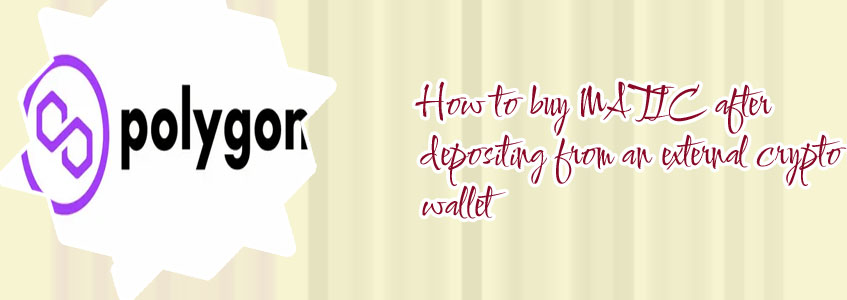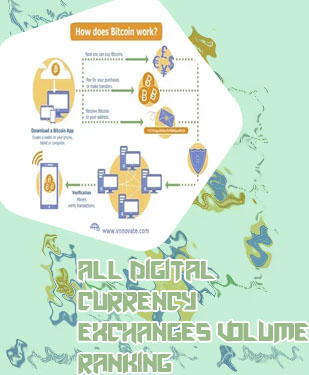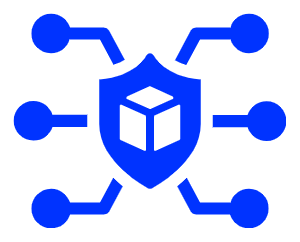
Looking to stay updated on the latest developments in Polygon crypto news? Check out the following articles for insights into recent trends, analysis, and updates related to the Polygon network and its native cryptocurrency.
Exploring the Potential of Polygon: A Look into its Innovative Scaling Solutions

Polygon, formerly known as Matic Network, has been gaining significant traction in the blockchain space due to its innovative scaling solutions. The platform aims to address the scalability issues faced by popular blockchains like Ethereum, providing a more efficient and cost-effective alternative for developers and users alike.
One of the key features of Polygon is its use of sidechains, which allow for faster and cheaper transactions compared to the main Ethereum network. By offloading some of the network activity to these sidechains, Polygon is able to improve scalability without compromising on security or decentralization.
Another important aspect of Polygon is its compatibility with Ethereum, making it easy for developers to port their existing projects onto the platform. This interoperability ensures a seamless transition for users and helps to drive adoption of Polygon-based solutions.
Furthermore, Polygon's Proof of Stake consensus mechanism offers a more environmentally friendly approach to securing the network, as it consumes significantly less energy compared to traditional Proof of Work systems. This sustainability aspect has been increasingly important in the blockchain industry, as concerns over the environmental impact of cryptocurrencies continue to grow.
Overall, Polygon's innovative scaling solutions have the potential to revolutionize the way blockchain applications are developed and used. As the platform continues to evolve and expand its offerings, it will be interesting to see how it shapes the future
Polygon Partners with Major Players in the Crypto Space to Enhance DeFi Ecosystem
Polygon has recently announced strategic partnerships with key players in the cryptocurrency space to bolster the decentralized finance (DeFi) ecosystem. This move signifies Polygon's commitment to expanding its reach and influence in the rapidly-growing DeFi sector.
One of the major partnerships involves collaboration with Aave, a prominent DeFi platform known for its innovative lending and borrowing services. By joining forces with Aave, Polygon aims to leverage the platform's expertise and resources to enhance the capabilities of its own DeFi solutions. This partnership is expected to bring about new opportunities for developers and users within the Polygon ecosystem.
Additionally, Polygon has also teamed up with Curve Finance, a leading decentralized exchange (DEX) specializing in stablecoin trading. This collaboration is poised to improve liquidity and trading options on Polygon's DeFi platforms, further solidifying its position as a top player in the DeFi space.
Overall, these partnerships demonstrate Polygon's proactive approach to fostering growth and innovation within the DeFi ecosystem. By working with established players such as Aave and Curve Finance, Polygon is positioning itself as a key player in the world of decentralized finance.
Feedback from a resident of Oslo, Norway:
As a crypto enthusiast in Oslo, I am thrilled to see Polygon forging partnerships with major players in the DeFi space. This collaboration is sure
Breaking Down the Recent Price Surge of Polygon's MATIC Token
Polygon's MATIC token has experienced a significant price surge in recent weeks, leaving many investors wondering what has driven this impressive growth. One key factor that has contributed to MATIC's surge is the increasing demand for layer 2 scaling solutions in the cryptocurrency market.
As Ethereum struggles with high gas fees and slow transaction times, projects like Polygon have emerged as viable alternatives to address these issues. By offering a scalable and efficient layer 2 solution, Polygon has become increasingly popular among developers and users looking for a more cost-effective and seamless experience.
In addition, the recent partnership announcements and integrations with major crypto platforms have also played a crucial role in boosting MATIC's price. By collaborating with industry leaders and expanding its ecosystem, Polygon has effectively positioned itself as a leading player in the blockchain space.
For investors and traders, understanding the factors driving MATIC's price surge is essential for making informed decisions in the market. By keeping a close eye on developments within the Polygon ecosystem and monitoring key partnerships and integrations, investors can better anticipate potential price movements and capitalize on the growth opportunities presented by this innovative project.
Polygon's Role in Shaping the Future of Blockchain Interoperability
Today, we are fortunate to have the opportunity to speak with a blockchain expert on the topic of interoperability. Can you tell us more about how Polygon is playing a crucial role in shaping the future of blockchain interoperability?
Certainly. Polygon, formerly known as Matic Network, is making significant contributions to the world of blockchain by providing a scalable solution for decentralized applications. One of the key advantages of Polygon is its ability to connect different blockchains, allowing for seamless communication and transfer of assets between them. This interoperability is essential for the widespread adoption of blockchain technology, as it enables different networks to work together efficiently.
How does Polygon achieve this interoperability?
Polygon achieves interoperability through the use of sidechains, which are separate blockchains that are connected to the main chain. This allows for faster transactions and lower fees, making it easier for developers to build and deploy their decentralized applications. By providing a scalable and secure way to transfer assets across different blockchains, Polygon is paving the way for a more interconnected blockchain ecosystem.
In conclusion, the role of Polygon in shaping the future of blockchain interoperability cannot be understated. Its innovative approach to connecting different networks has the potential to revolutionize the way we interact with decentralized applications. This article provides valuable insights into the importance of interoperability
